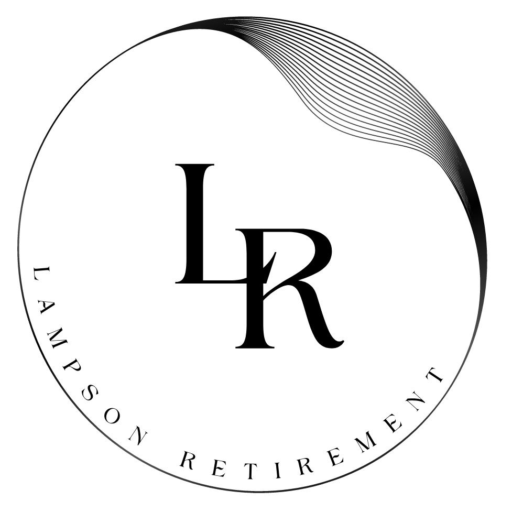what we provide
Life Insurance
Our company provides a range of life insurance options including term life, whole life, and indexed universal life insurance. Our policies are designed specifically to meet the unique needs and goals of our clients – providing peace of mind and financial security for themselves and their loved ones.
Whole Life
Whole life insurance is a comprehensive and long-term financial protection plan that offers coverage for the entire duration of an individual's life. It provides a guaranteed death benefit to the policyholder's beneficiaries upon their passing, along with a cash value component that accumulates over time.
Term Life
Term life insurance is a type of life insurance policy that provides coverage for a specific period of time, typically ranging from one to thirty years. It is designed to provide financial protection for your loved ones in the event of your unexpected death during the term of the policy. Term life insurance policies are typically less expensive than permanent life insurance policies, making them a popular choice for those who want to ensure their loved ones are protected without breaking the bank.
Indexed Universal Life
Indexed universal life insurance is a versatile financial product that offers both life insurance protection and the potential for cash value accumulation. It provides policyholders with the opportunity to earn interest based on the performance of a selected stock market index, while also offering downside protection. This type of insurance allows individuals to customize their coverage and adjust their premiums and death benefits as their needs change over time. Indexed universal life insurance is designed to provide long-term financial security and flexibility for policyholders.
FAQ
Frequently asked questions.
At its core, life insurance is simple. You pay premiums for a policy, and your insurance company disburses a death benefit if you die while the policy is active. We like to refer to life insurance policies as a "savings account on steroids". It provides you access to your investment, but with huge growth opportunities.
There are three types of life insurance policies you can invest in: whole life, term life, and indexed universal life.
Here at Lampson, the majority of our life insurance policies are indexed universal life policies. However, we have a handful of clients who invested in whole and term.
The good news is, you don't have to do any research. By scheduling a free consultation with us, we will analyze your financial situation and recommend a life insurance policy if need be.
Index Universal Life Insurance (IUL)
Indexed universal life (IUL) insurance comes with a cash value that earns interest and provides you with options to adjust your death benefit or pay your premium out of your cash value amount but it can quickly get complicated. There’s potential for big gains with an indexed universal life insurance policy, but you’ll also need to track your cash value’s performance and the restrictions around accessing those funds. Combined with the fact that IUL is often much more expensive than term life insurance, you may prefer to buy a traditional policy and put the difference in a traditional investment account.
Key Takeaways:
There is a minimum guaranteed interest rate, but your actual rate varies based on the performance of a chosen investment fund and could outperform other cash value policies.
Policies also allow you to adjust the death benefit and pay your premiums with your cash value.
With whole life insurance, you only have to pay your premiums for a limited time, and in return, you get coverage for life. Your beneficiaries are guaranteed to receive a death benefit when you die.
Whole Life Insurance
The cash-value component of a whole life insurance policy pays out dividends, although they’re not guaranteed. The dividends are reinvested back into the cash value, essentially paying for an increase in the death benefit if you don’t use the cash value while alive. This gives whole life insurance a “no-lapse,” in that as long you or your policy’s cash value is paying your premiums, your coverage won’t expire.
Key Takeaways:
Term Life Insurance
Term life insurance is affordable and straightforward but doesn’t last for life, while whole life insurance doesn’t expire, but is more expensive. With term life insurance, you pay premiums regularly for a set period. If you die while the policy is active, your beneficiaries get a death benefit payout.


